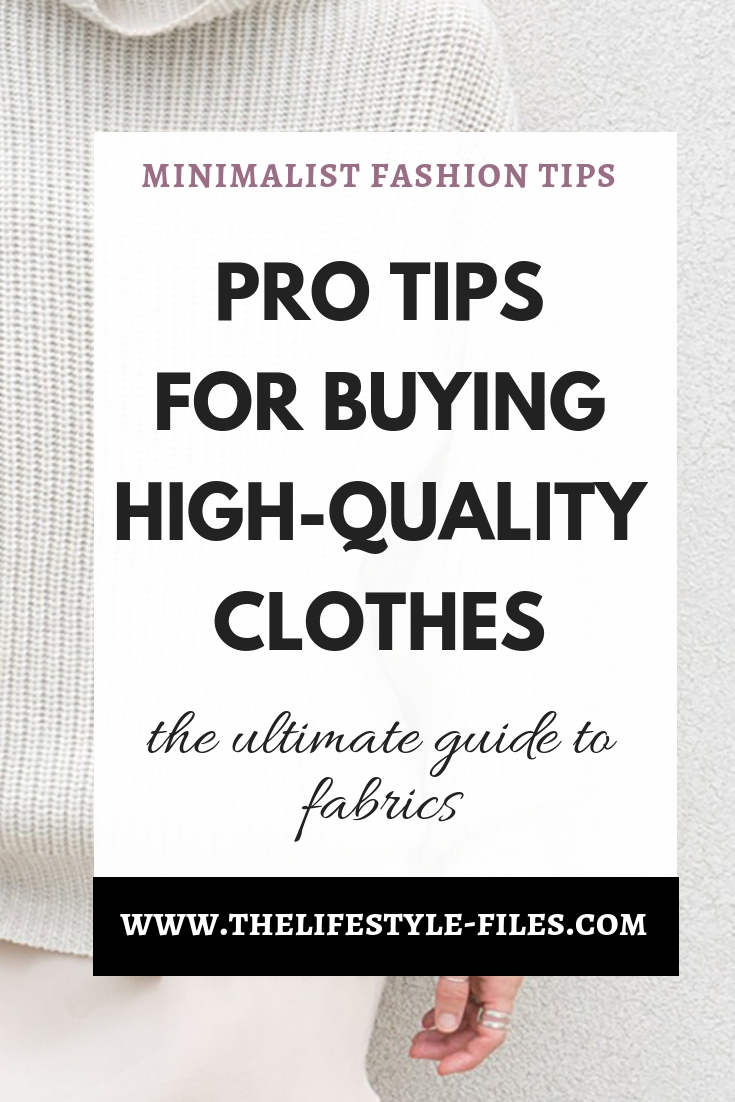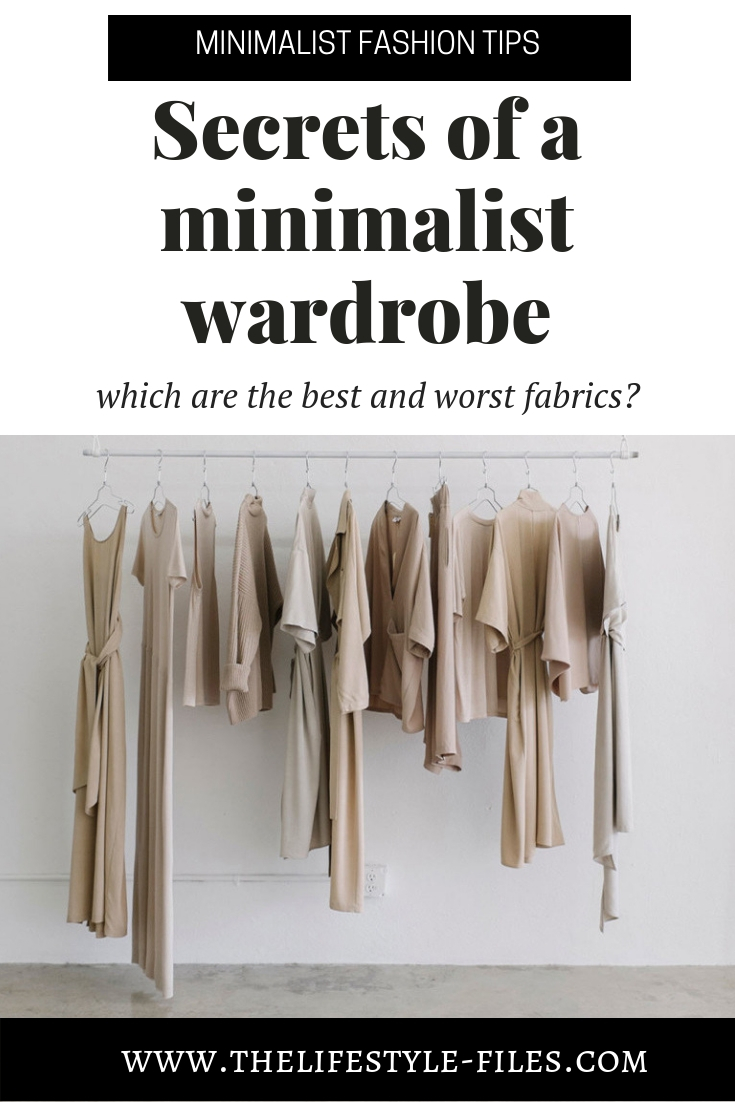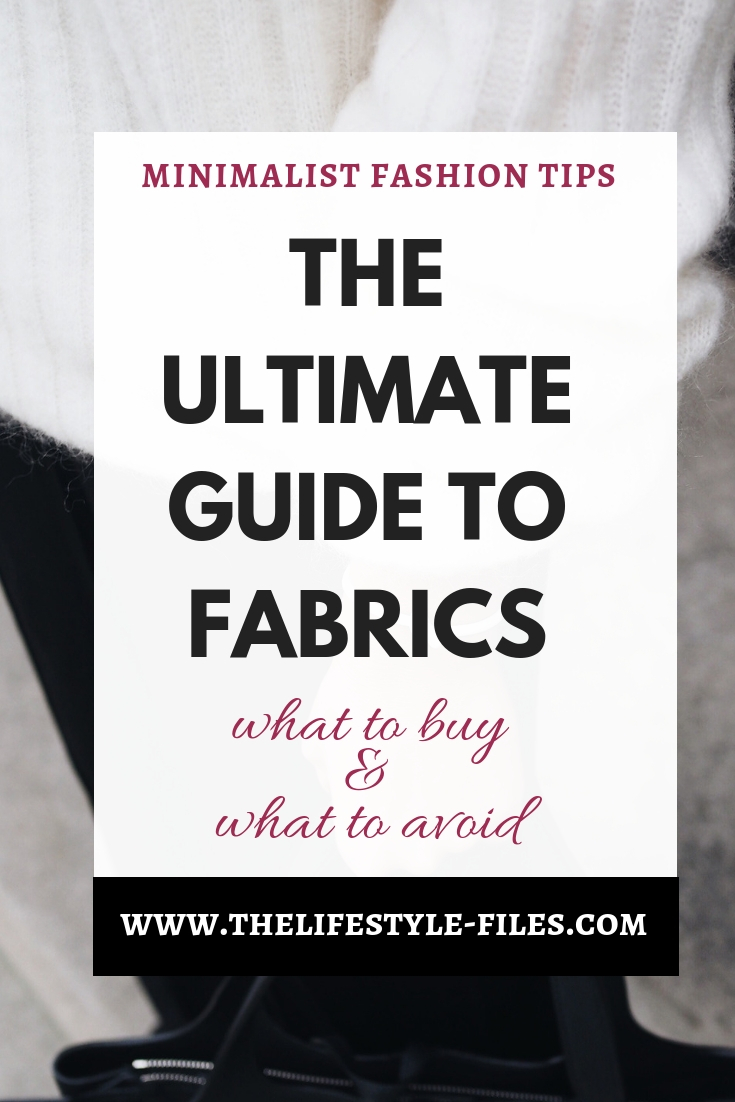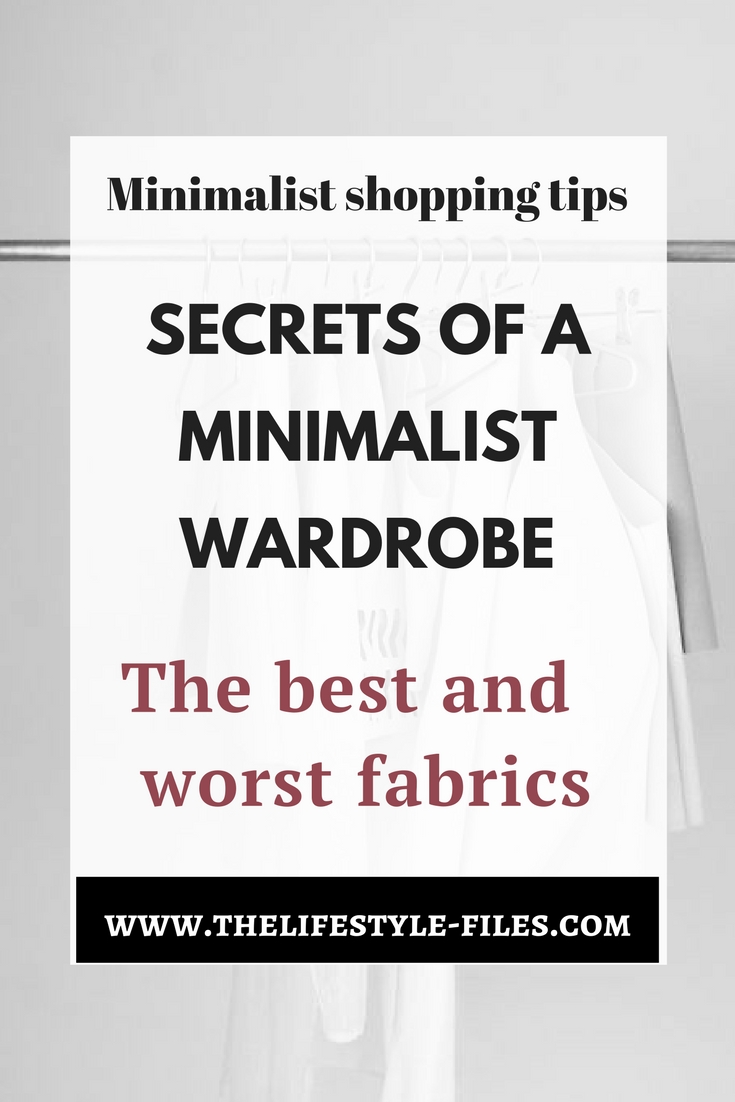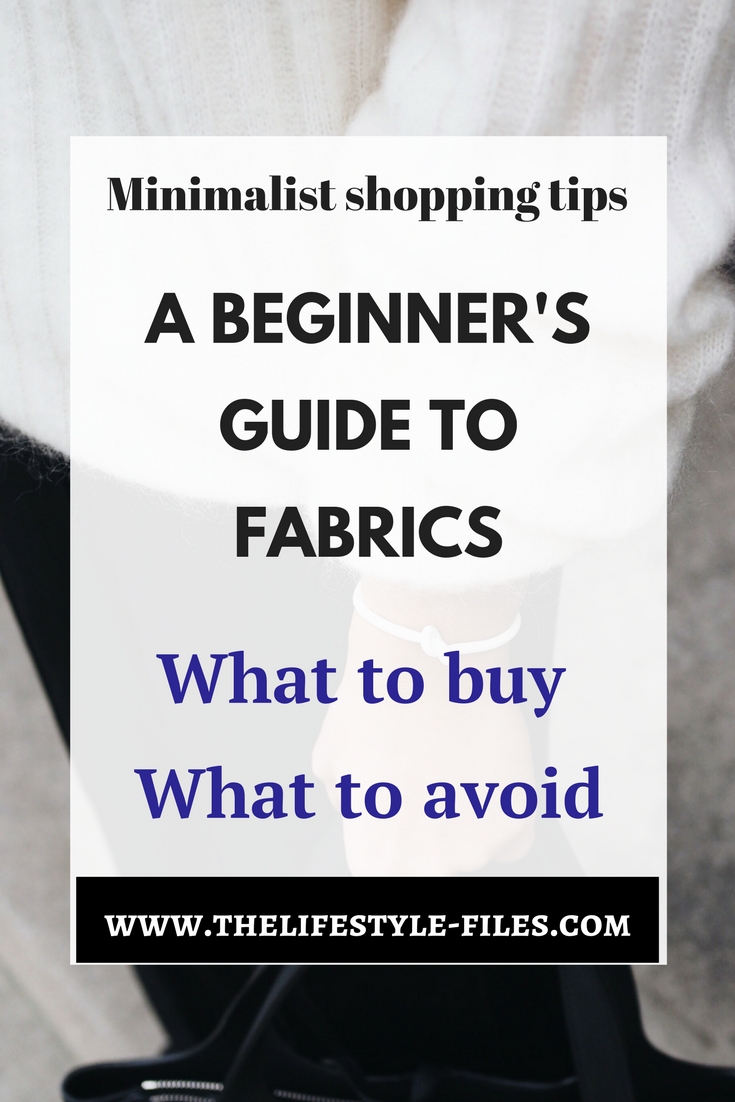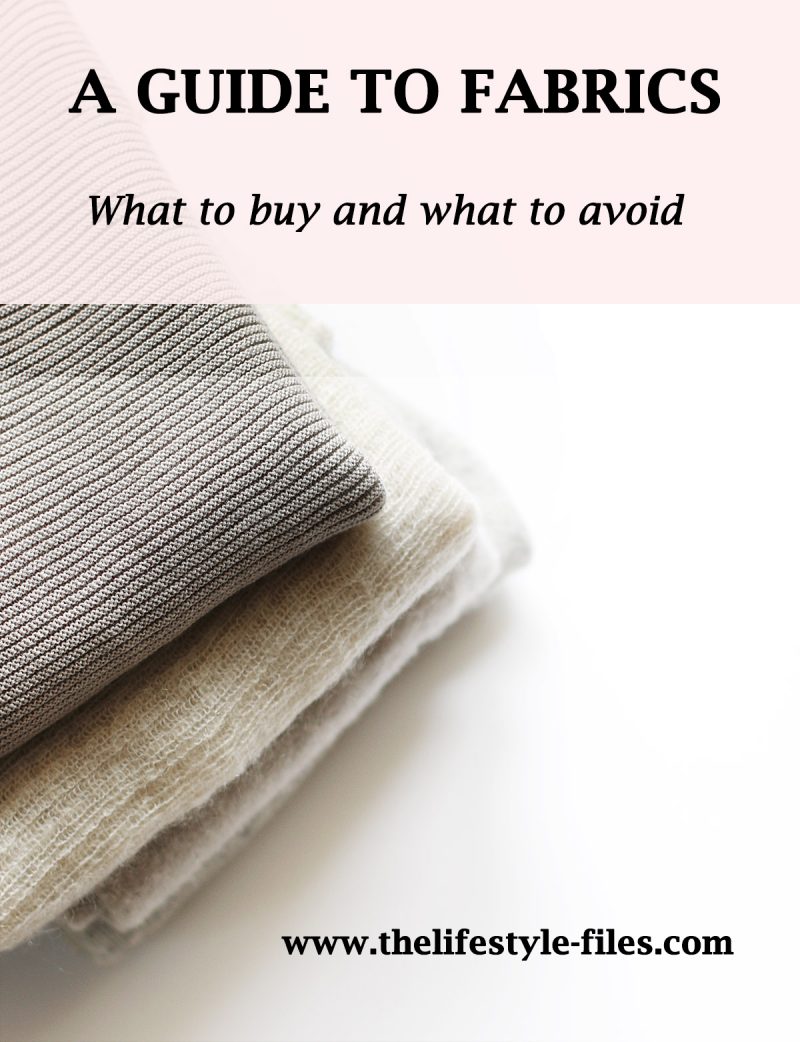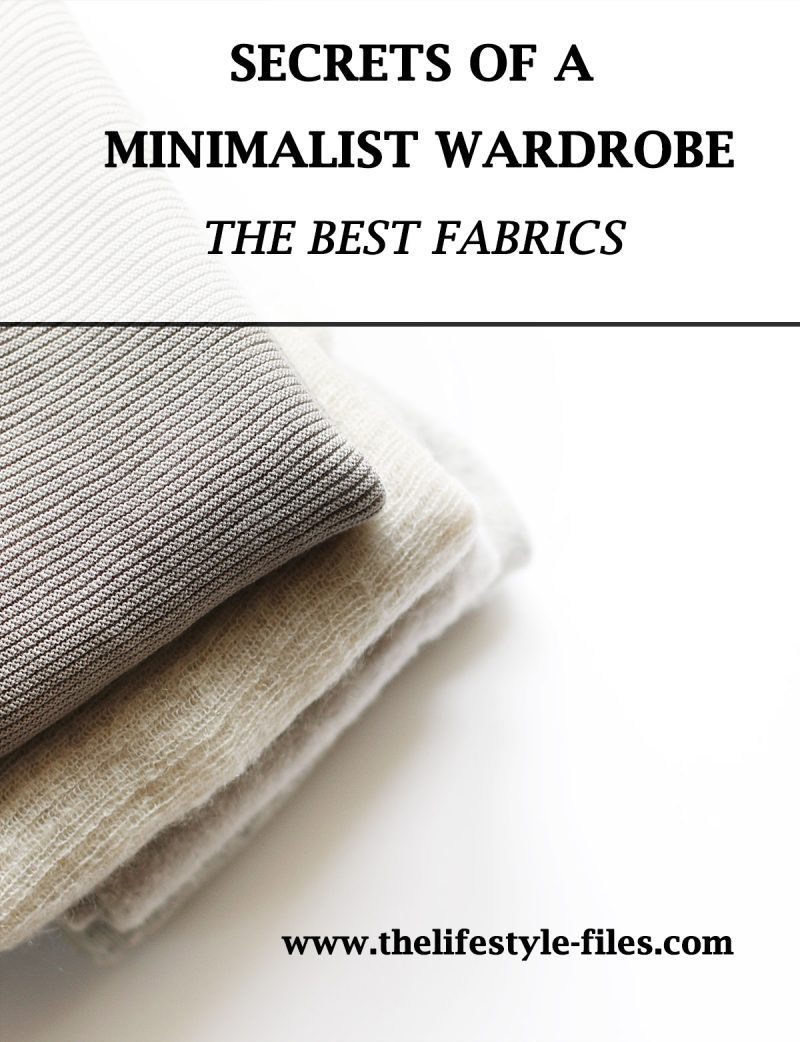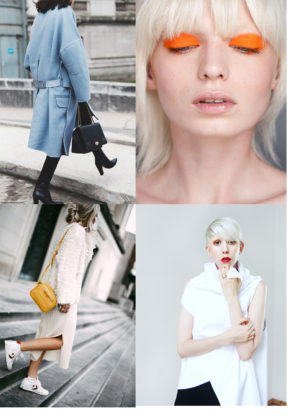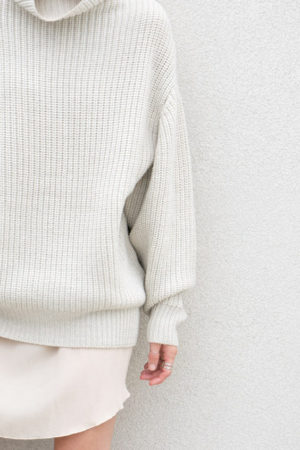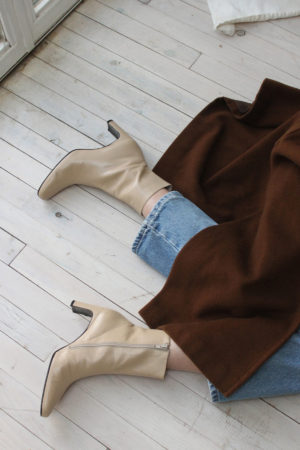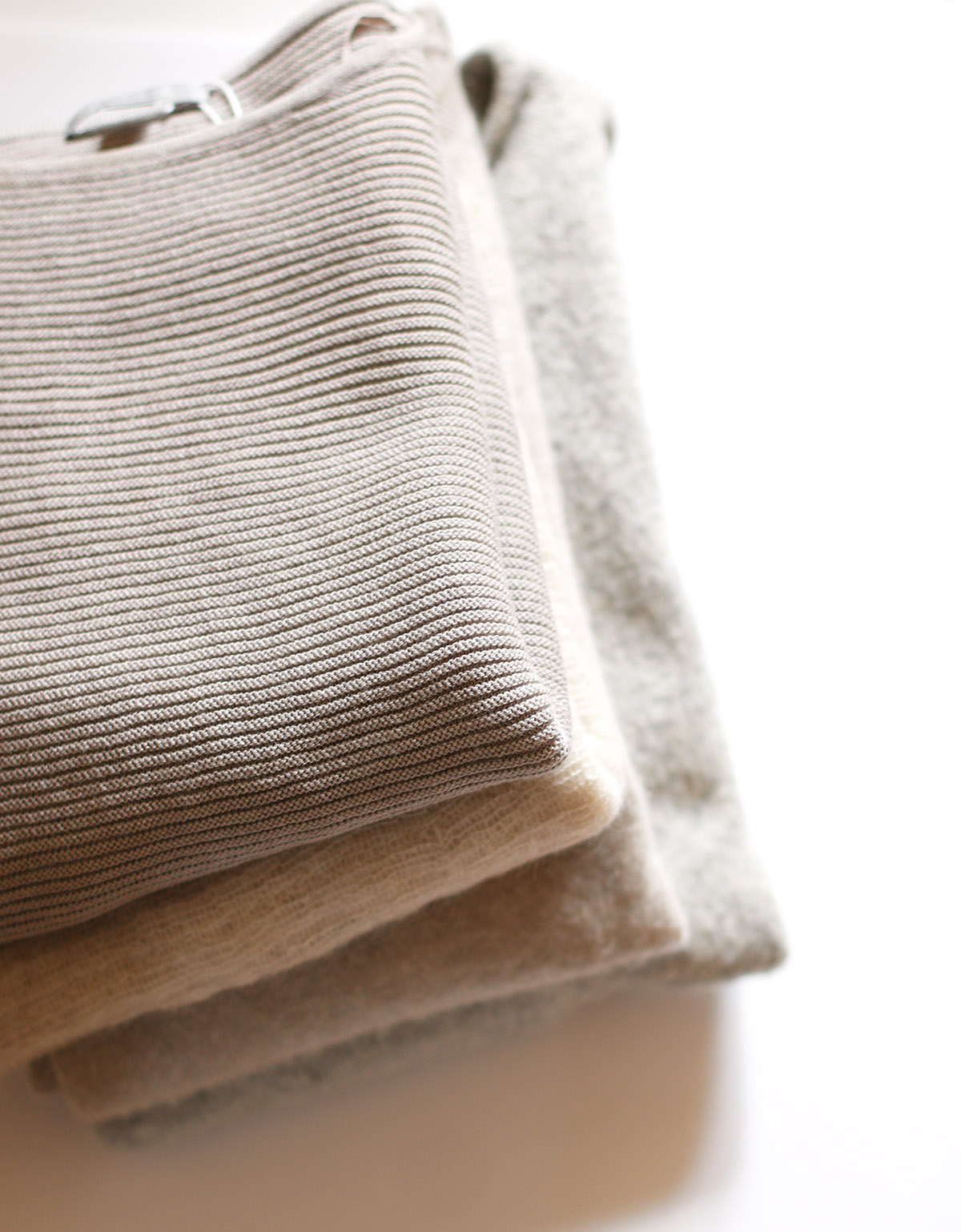
Minimalism is quickly crawling into our wardrobes as well. That’s no coincidence, as it is one area when having too much can really be overwhelming. Especially if quantity is the absolute winner, with quality being lost somewhere on the way. Anyone who has ever stood before a gigantic wardrobe overflowing with clothes in a panic of “I have nothing to wear” knows this feeling. This is where the idea of a minimalist wardrobe comes in.
A minimalist wardrobe is not about how many items you own. It’s about whether they really have a place there.
A minimalist wardrobe is functional. It fits your style and lifestyle. It has clothes you love wearing, not clothes that just hang there for years without ever getting out. Clothes that go together seamlessly. Clothes that are beautiful, versatile, but practical at the same time. Clothes you wear for a long time that a) you don’t want to throw out after a season because you don’t like them anymore or b) you don’t have to throw out after one season because they fell apart.
Related: 10 steps to build your perfect wardrobe
One essential thing that will help check out all these boxes? Quality. And the basis of quality?
Fabrics.
I do have quite a strict clothing buying policy. From research, through practical consideration, to emotional considerations. But the final thing that can instantly wipe away my obsession with an item is the fabrics test. If it’s not good quality, the solution is simple: I don’t buy it.
So how to choose a fabric? Which one to buy and which one to avoid?
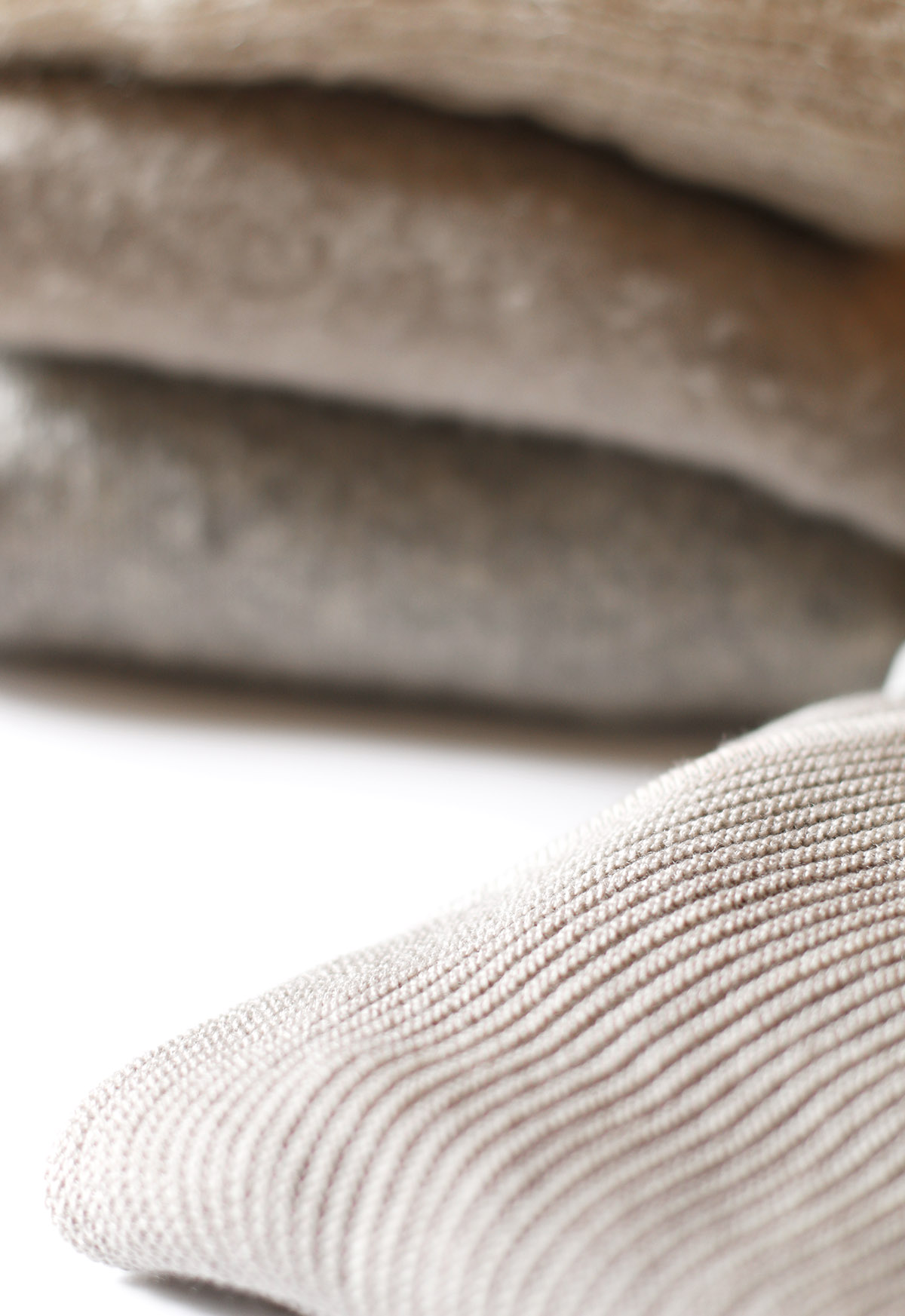
The Good
In one word: Natural.
For me, natural fabrics are generally far more superior to synthetic ones. It’s a combination of feel, longevity, practicality, and yes, some ideology.
In my experience, the financial aspect also tilts the balance towards natural fabrics. They might be more expensive at first glance, but in the long run, I can guarantee that you will pay much more for bad quality.
This does not mean quality fabrics are perfect in every sense. There are issues and things to be careful with. The key is to have that information in order to make a conscious choice.
- Cashmere. Very soft wool, in my opinion, the best fabric for winter, as it’s just so incredibly warm, yet light at the same time. Bad news? It is expensive. But it’s an investment in the long run. You won’t throw out your cashmere after one season, and without going into mathematics, I guarantee that the cost per wear will be much better than with cheaper fabrics.
But be careful: It requires special care. You have to wash it with hand, with special detergent and dry it on a towel on the floor or a flat surface. Never hang your cashmere sweaters, always fold it.
- Cotton. A good quality, lightweight cotton is one of the most breathable fabrics in the world. It’s a natural fiber that absorbs moisture rather than repel it. It doesn’t irritate skin; it’s soft and flexible, and relatively low maintenance. It also resists static cling. Cotton is one of those materials that are equally suitable for summer or winter. It’s very versatile and is frequently used to make a number of textiles like denim, chambray, and corduroy.
But be careful: Cotton can shrink, so wash it at a lower temperature or in cold water. Colorful cotton can also run its color the first few times, so make sure you don’t wash it together with lighter colors.
- Fabric blends. The only way I take synthetic materials (besides swimsuits) is in blends, in a minimal ratio. Synthetic materials (like elastane, acrylic, polyester, lycra) blended into natural ones are good, because they provide a little bit more elasticity, strength, and better washability. Natural fiber blends are also great, because they combine the best of both. For example a cotton/linen or silk/linen blend will crease a lot less than natural linen. But be careful: Check the percentages. A 96% polyester, 4% cotton is still too synthetic in my opinion. Try to aim at 10-20% percent of the synthetic source, with the rest being natural.
- Leather. Leather is incredibly durable, it’s one of those cases when it’s really worth investing a little more money to buy the real deal. In belts, shoes, and bags, there is really no other option for me. But be careful: Always treat leather stuff before the first use. Also, not all leathers are worth the same. See this guide for leather quality and be surprised to see that “genuine leather” is at the bottom of the list.
- Linen. Best for summer because of its coolness and freshness, it’s not by chance that it is the most widely used fabric in hotter climates. But be careful: It creases a lot. If you hate ironing, don’t buy linen.
- Merino Wool. This fabric comes from the merino sheep, indigenous to Australia and New Zealand. It has all the main benefits of wool, with one significant difference: it’s soft. Very soft, because the fiber are a lot finer than regular wool. It’s also very lightweight. But be careful: It requires gentle washing, drying, and storing.
- Silk. Natural, soft, luxurious, lightweight, but also strong. No wonder it has been the epitome of luxury since classical antiquity. But be careful: It creases, and as with all higher-quality fabrics, you must treat it with special care.
- Wool. There are many benefits of wool: it’s a great insulator, it keeps your body warm, water-resistant, and breathable. But be careful: Wool can irritate more sensitive skin and can trigger eczema. Some clothes made of wool can be a little scratchy on your skin, that’s why I prefer them as a second layer. Also, never hang wool clothes as they can become loose and shapeless.
The Bad
- In one word: synthetic. Synthetic materials, like polyester, acrylic, nylon, acetate, PU leather essentially come from oil and coal (as opposed to the natural ones that come from plants and animal hairs) and are treated with thousands of other chemicals during production. They can irritate skin and don’t let it breathe, at all. Most of them are not biodegradable. They are water-resistant and don’t absorb sweat. They can feel plastic-y on the skin (probably, because they are, well, plastic) and are often subject to static electricity. And to add a strike closer to your wallet, they will probably fall apart sooner than natural ones. Most fashion stores are not interested in making clothes for eternity. Where’s the business in that? Due to a combination of fast fashion trends, a gigantic marketing wheel, and low quality, on the long run, we pay a much more steep price for our wardrobe than that seemingly bargain 5 euro price tag.
This doesn’t mean that the only option left is Dior and Prada. The biggest scam of designer fashion is often quality. Next time you see a beautiful garment with a high price, check the ingredients. You’d be surprised how many of them are synthetic. We are all aware that when purchasing a designer item, a huge portion of the price we pay is for the name. But you would at least expect good, durable quality in return. But that’s not always the case. Always check the label.
Also, satin, chiffon, velvet, crepe, taffeta, velour are not fabrics, those are simply types of weaves or finishes that can still be made of natural or synthetic materials.
So, where does this all leave us?
Probably somewhere in the middle. There is no need to throw out everything in this instant. You will not develop some deadly toxic response to synthetic clothing suddenly. Some of them might serve you well for a longer time. Some of them will surely look good on you. There is no need to completely and forever shut them out of your life.
But do the research. One key way we can regain or retain some control in our lives if our decisions are well-informed and well-thought-out. Know what you want and decide what is essential and important to you. And if that’s quality, check that little white paper.
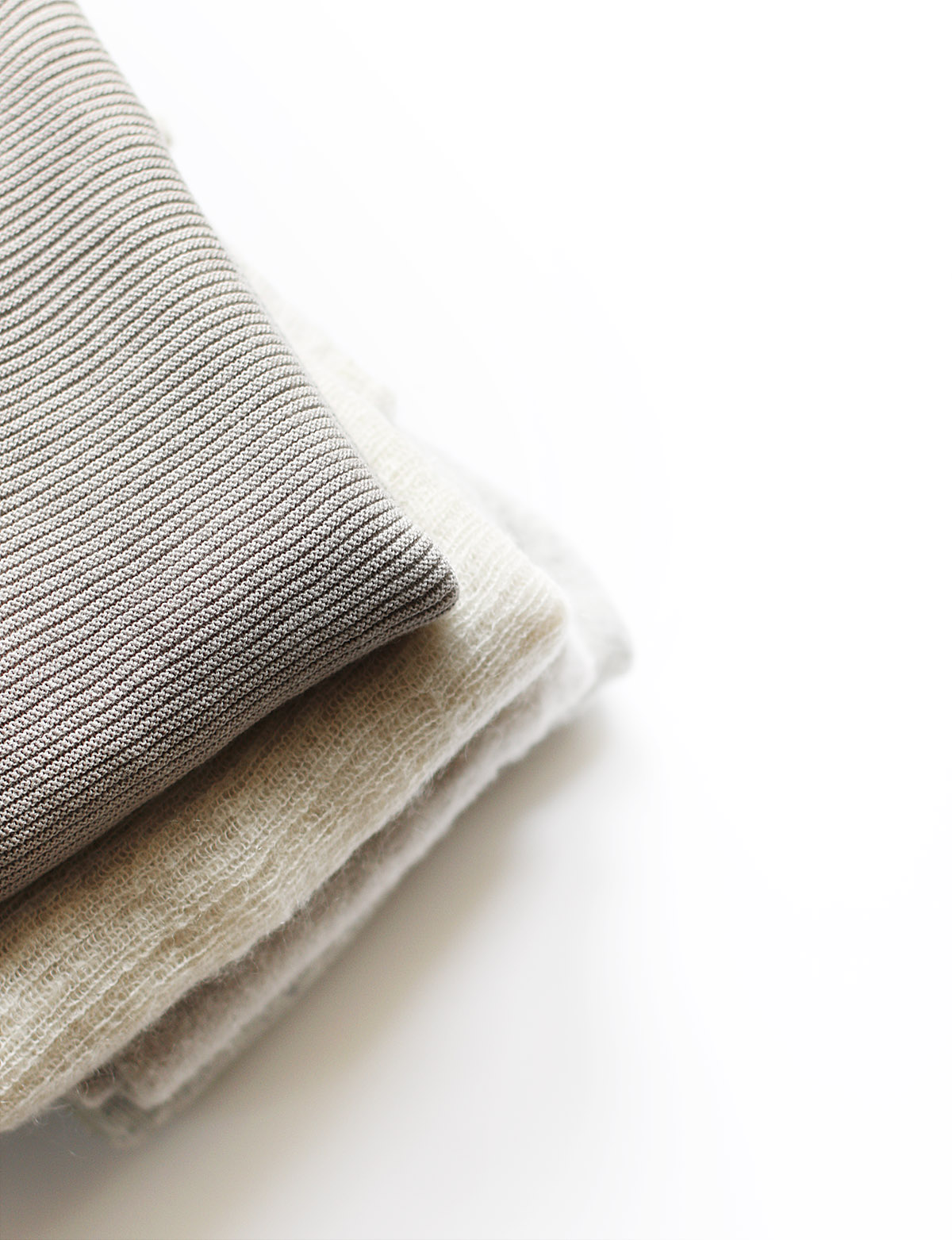
SaveSave

